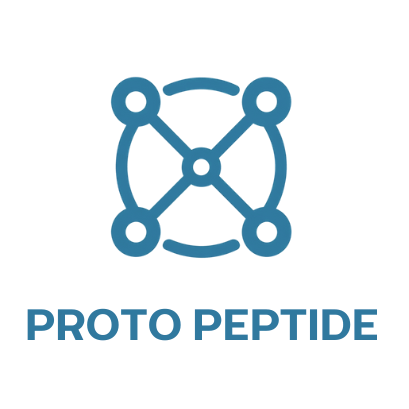Understanding Peptide Purity: What 99% Really Means
In peptide research, the phrase “99% purity” is frequently used to indicate high-quality material — but what does that number actually signify? For laboratory professionals and research scientists, understanding peptide purity is essential for interpreting experimental results and ensuring reproducibility.
What Is Peptide Purity?
Peptide purity refers to the proportion of the desired peptide sequence relative to other chemical species in a sample. These impurities can include truncated peptides, deletion sequences, incomplete side-chain deprotection, or solvent residues. Purity is generally assessed through analytical techniques like High-Performance Liquid Chromatography (HPLC) and Mass Spectrometry (MS).
How Is Purity Measured?
The most common method used to measure peptide purity is HPLC. During this process, the peptide is passed through a column, and its retention time is recorded and compared against known standards. The purity percentage is calculated based on the area under the peak representing the main product relative to all peaks.
Mass spectrometry can be used to confirm the molecular weight of the main compound, identifying whether the expected peptide is present, but does not provide a complete measure of purity on its own.
What Does “99% Purity” Really Mean?
A label of “99% purity” means that the primary peptide constitutes 99% of the sample as measured by HPLC. The remaining 1% may consist of synthesis-related byproducts. This level of purity is considered exceptionally high and is often used for in vitro research or analytical standards where precision is critical.
Is Higher Always Better?
While higher purity is beneficial for certain sensitive assays, it is not always necessary. For many general laboratory studies, a peptide with 95–98% purity is sufficient and more cost-effective. It’s important to match the peptide’s purity level to the specific demands of your experimental design.
Purity vs. Identity
It's also crucial to distinguish between purity and identity. A peptide could be 99% pure, but if it’s not the correct sequence, the research value is compromised. This is why suppliers often include both HPLC and MS data in their Certificates of Analysis (COAs).
Storage and Stability of High-Purity Peptides
Peptides with higher purity can still degrade if not properly stored. Lyophilized peptides should be stored in a cool, dry place, preferably at -20°C. Once reconstituted, peptides should be kept in aliquots at 4°C for short-term use or frozen for long-term storage to avoid repeated freeze-thaw cycles.
Conclusion
Understanding peptide purity is critical for ensuring reliable and reproducible results in laboratory settings. A “99% purity” label is an assurance of quality, but researchers must also consider peptide identity, appropriate handling, and the context of their experiments when evaluating peptide quality.
Disclaimer
This content is intended for informational and educational purposes only and is not intended to promote or sell any product. It is not a substitute for professional medical advice, diagnosis, or treatment. Always consult with a qualified healthcare provider before starting any new supplement or research compound. The statements provided have not been evaluated by the FDA or Health Canada and are subject to change as scientific understanding evolves. Always follow your institution’s guidelines and consult safety data sheets (SDS) before handling any research chemical.
